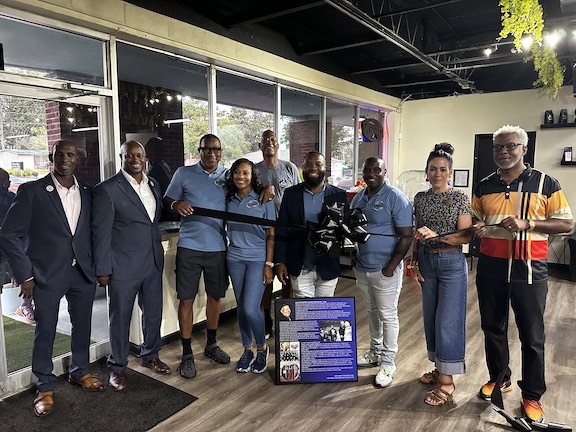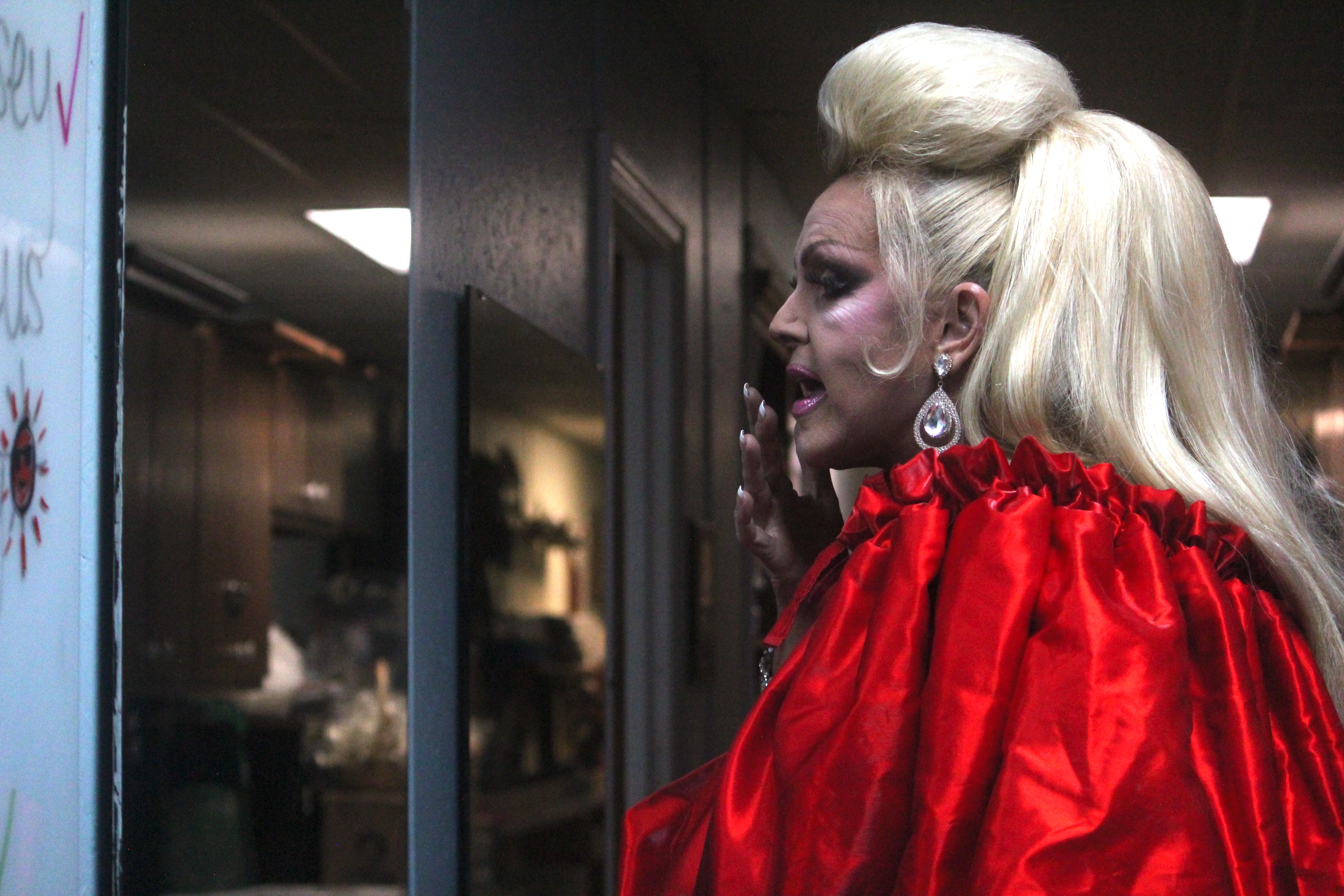Look for meteor shower
Published 6:50 am Tuesday, August 12, 2014
In mid-August of each year, the Earth is bombarded by hundreds of tons of extra-terrestrial debris; the remnants of Comet Swift-Tuttle’s passage in 1862. But Valdostans need not worry, as these tiny dust particles burn up in the Earth’s atmosphere as meteors. This week brings the Perseids, traditionally the finest of the annual meteor showers.
Trending
The Perseid meteor shower lasts from August 10-14, according to Valdosta State University. The meteors will appear to radiate from the constellation Perseus, which rises in the northeastern sky at midnight this time of year.
Observers do not need to be able to identify Perseus to enjoy this event. One need only look towards the northeast after dusk, anywhere from 30 to 80 degrees above the horizon. Although meteors should be visible all night, their number is expected to increase after midnight. Unfortunately, a waning gibbous moon will brighten our morning skies; the fainter meteors will be lost in its glare.
The best place to observe the Perseid meteor shower is in an open area (a field, a golf course, etc.) that is unobstructed by trees or other structures, and which is far from city lights. The darker the sky the better. Because meteors are not amenable to telescopic observation, and because the campus is fairly bright, the VSU Observatory will not be open for this event.





